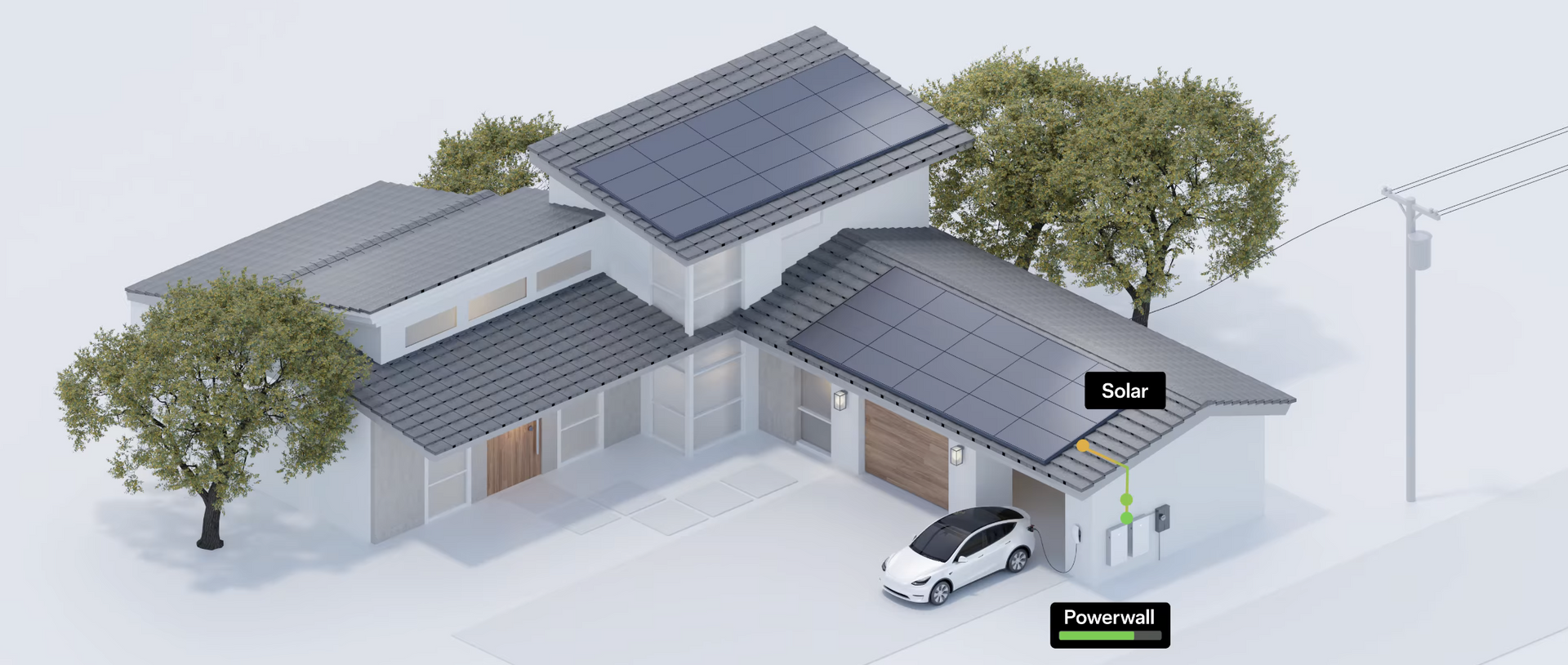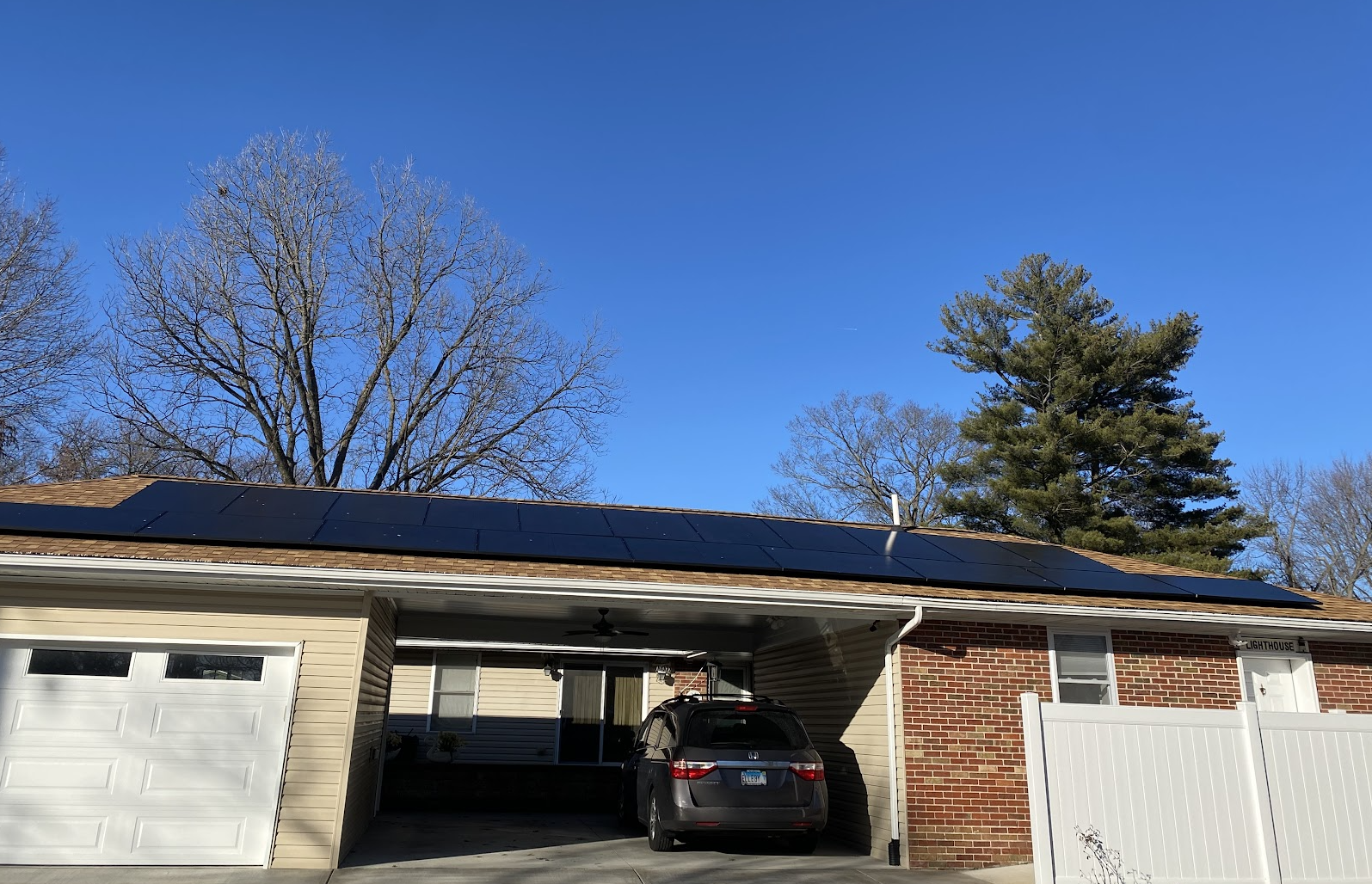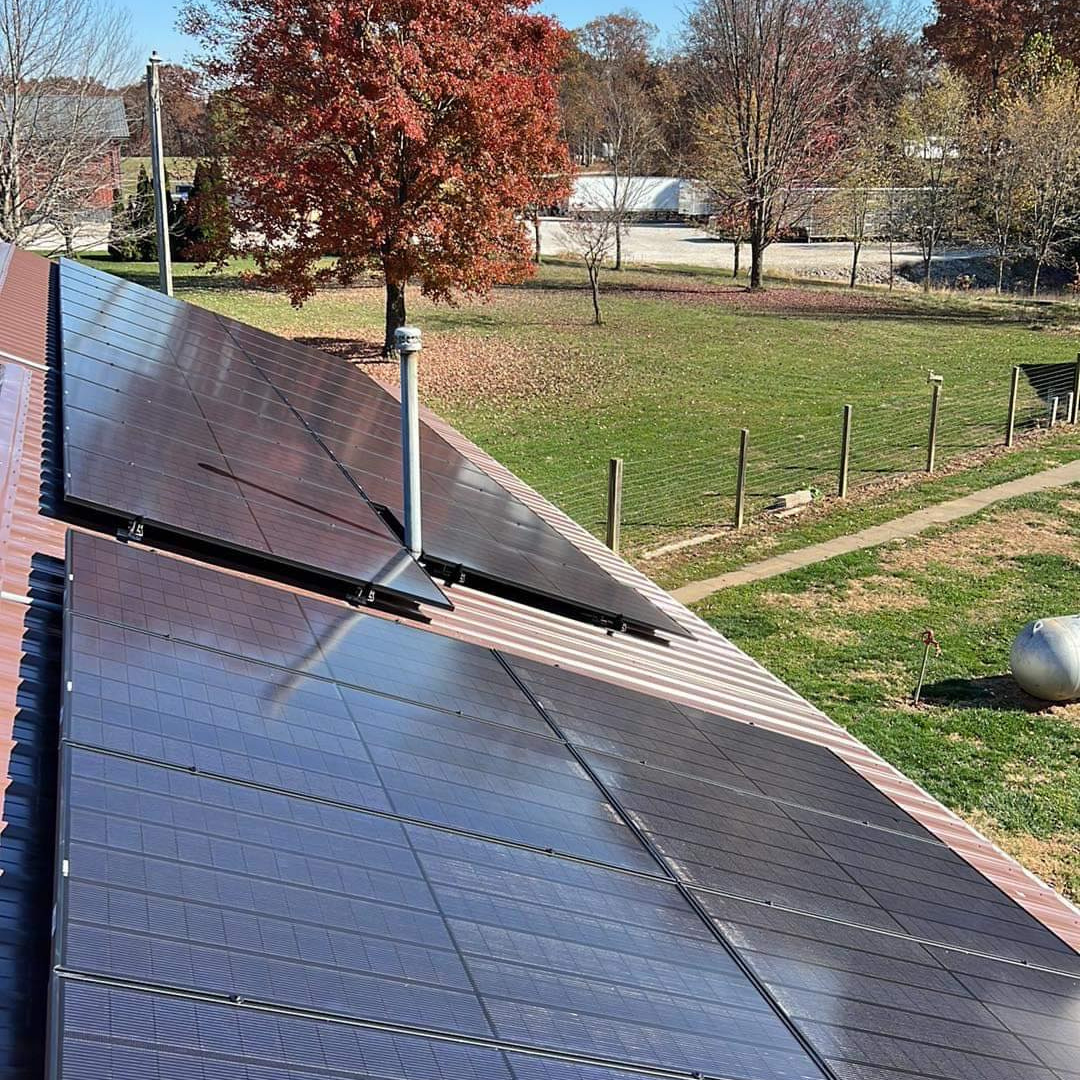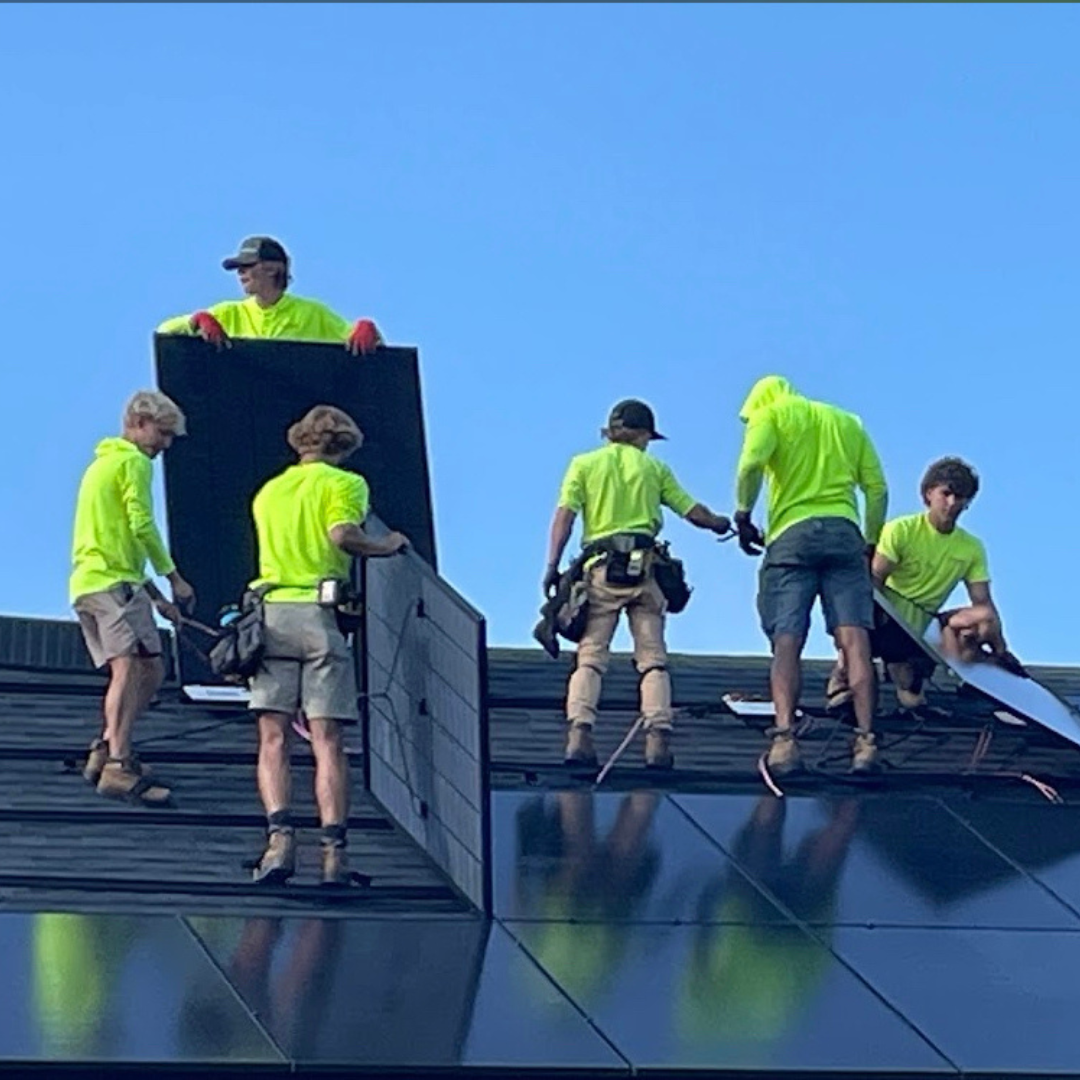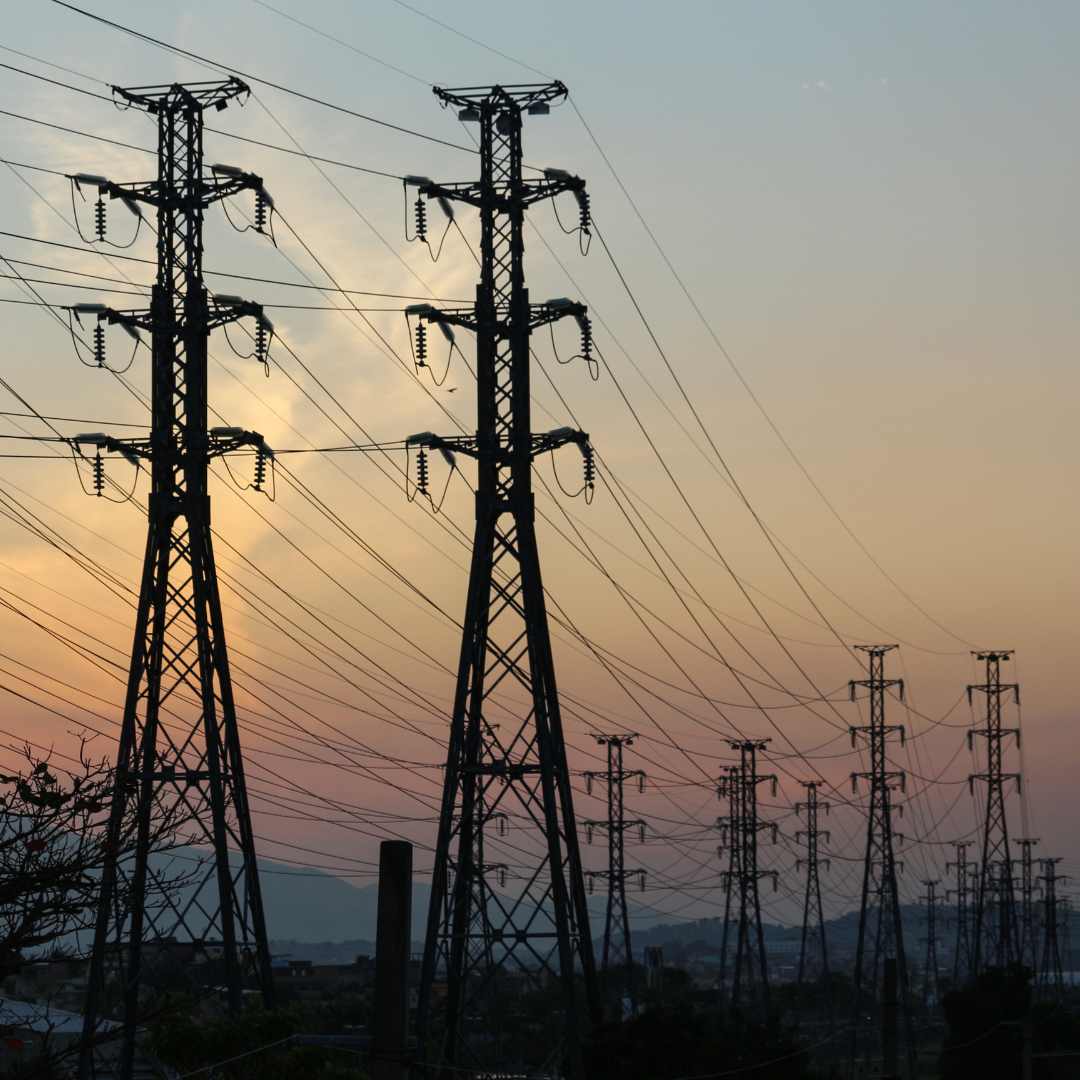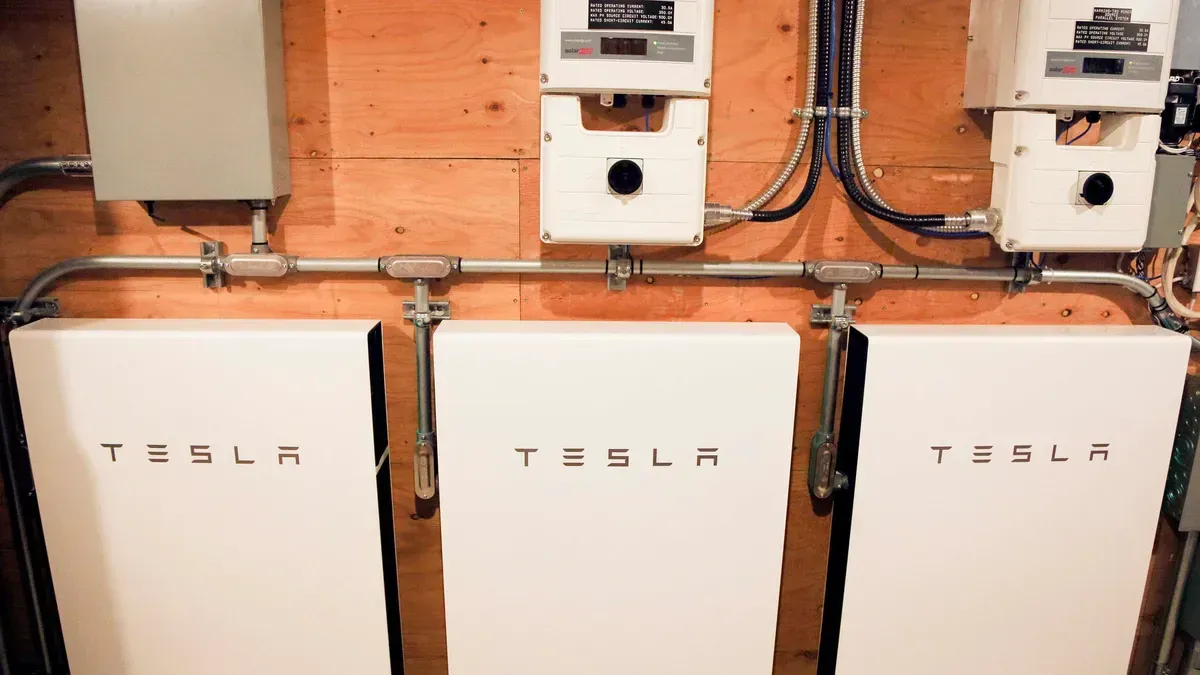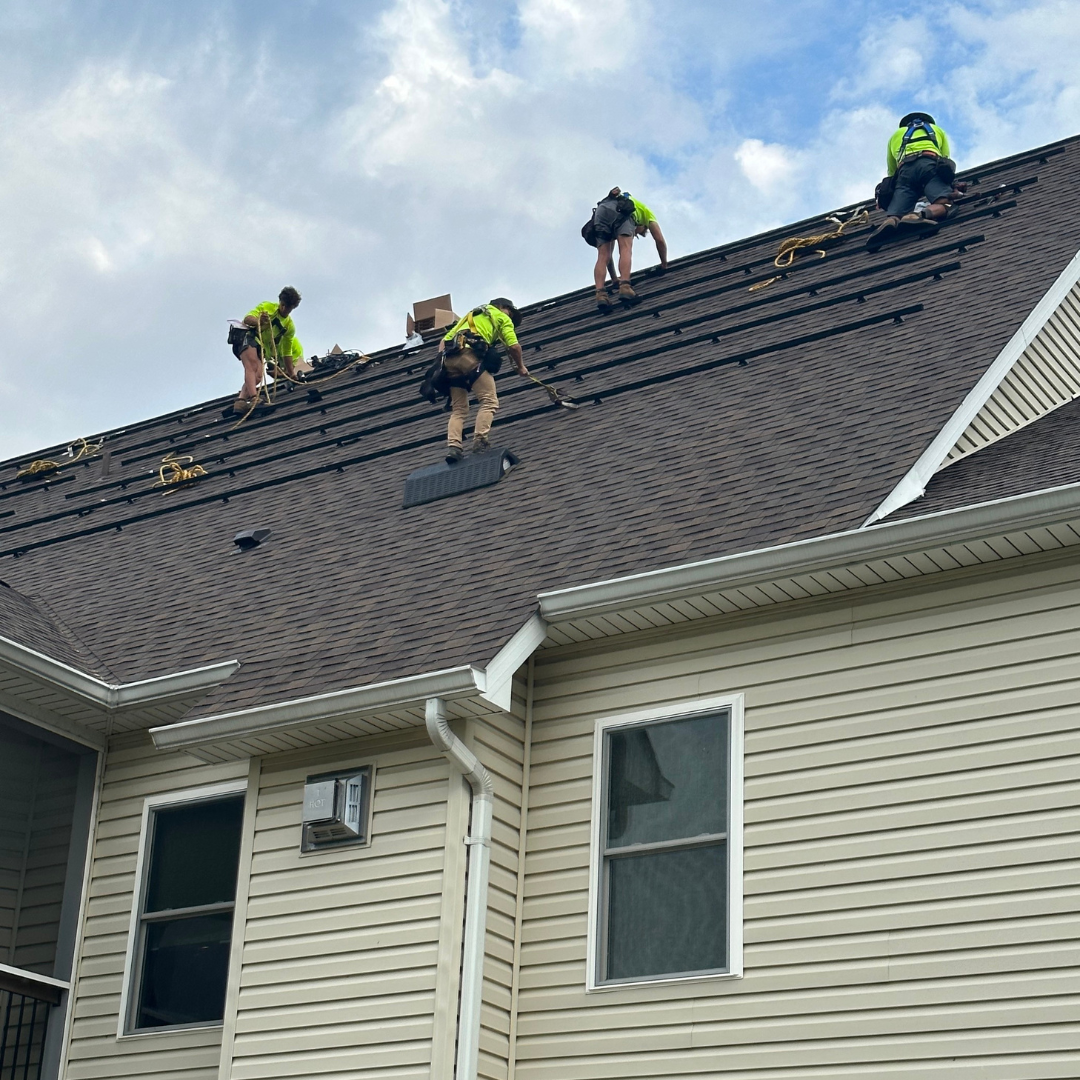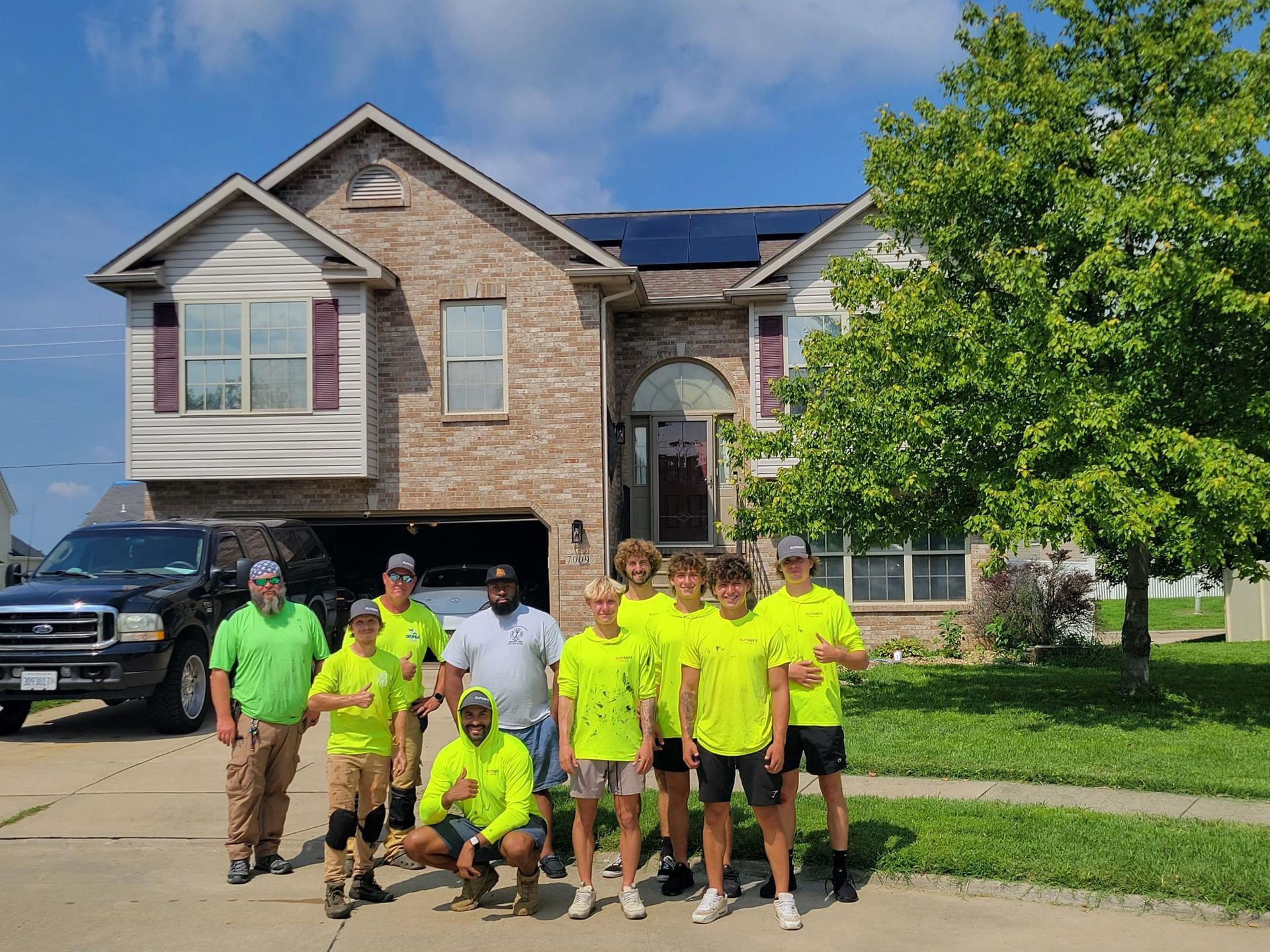Maximizing Residential Solar Efficiency: Essential Tips to Homeowners
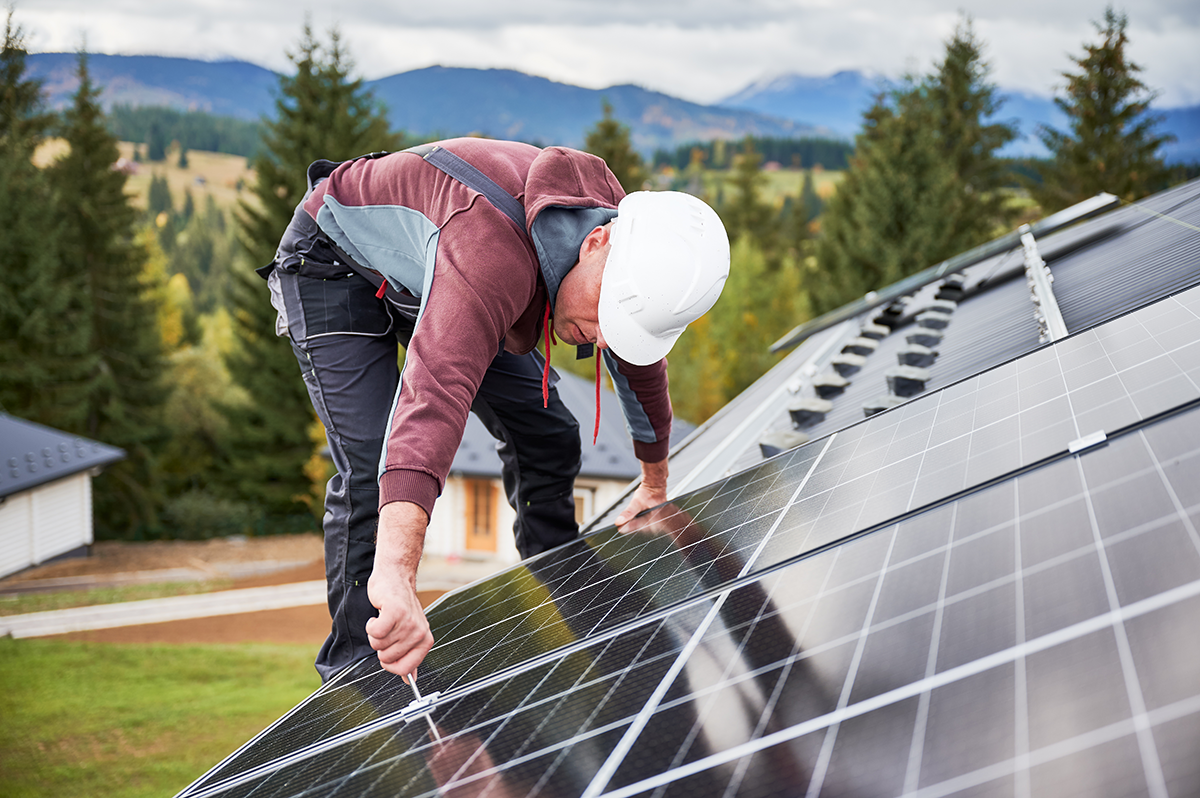
As the world increasingly turns to sustainable energy solutions, residential solar installations have emerged as a cornerstone of eco-friendly living. Harnessing the power of the sun not only reduces carbon footprints but also offers substantial long-term benefits for homeowners.
In this guide, the residential solar contractors from SunSent Solar offer some key strategies to optimize your household's solar potential, ensuring maximum efficiency and cost-effectiveness.
1. Prioritize Sun Exposure
When considering solar panel placement, aim for a south-facing roof to capitalize on sun exposure. Alternatively, a west-facing roof orientation can serve as a viable secondary option. Understanding the sun's path and positioning panels accordingly significantly enhances energy generation.
2. Electrical Panel Preparation
Sufficient space in your electrical panel(s) is required to accommodate the solar PV system, typically requiring two breakers. Anticipating this requirement during construction or renovation prevents logistical challenges and ensures seamless integration.
3. Connectivity Considerations
Ensure a reliable internet connection for the inverter to enable real-time monitoring of your solar system's performance. This connectivity facilitates proactive maintenance and enhances overall efficiency by allowing you to promptly address any issues and optimize energy production. With seamless connectivity, you can remotely track energy generation, identify potential issues before they escalate, and ensure your solar system operates at peak performance, maximizing your return on investment.
4. Mindful Tree Management
While trees are invaluable for the environment, their shading can compromise solar panel efficiency. Strategic tree planting and regular trimming are crucial to prevent the obstruction of sunlight. Prioritize maintaining a balance between greenery and solar productivity.
5. Unobstructed Rooftop Space
Designate a dedicated area on your roof for solar panel installation, ensuring it remains free from obstructions such as vents and chimneys. Additionally, choose roofing materials conducive to solar integration to optimize structural support and longevity.
Additional Insights
- Boosting Home Value Through Solar Investment
Beyond the immediate benefits of reduced energy bills and environmental impact, solar installations significantly enhance the resale value of residential properties. Studies consistently demonstrate that homes equipped with solar panels command higher prices and attract discerning buyers seeking sustainable living solutions. By investing in solar energy, homeowners not only secure long-term savings but also capitalize on a lucrative asset that enhances overall property value. Make a smart investment in your home's future with SunSent Solar, where sustainability meets financial prosperity.
- Embrace the Evolution of Solar Aesthetics
Gone are the days of bulky, conspicuous solar panels dominating rooftops. Today, homeowners can explore a plethora of aesthetically pleasing options that seamlessly blend with diverse architectural styles. From sleek, all-black panels to innovative racking solutions, Sunsent Solar offers an array of design choices to complement your home's visual appeal. Enhance your property's curb appeal while championing sustainability with our stylish solar solutions.
Contact SunSent Solar today for household solar panels and more
As one of today’s leading residential solar contractors serving Central & Souhern Illinois, Missouri, Greater St. Louis, and Southern Indiana SunSent Solar has extensive experience installing residential solar panels in a variety of different types of homes.
If you’re considering switching to solar and becoming energy-independent, learn more about important incentives by contacting us online today.
